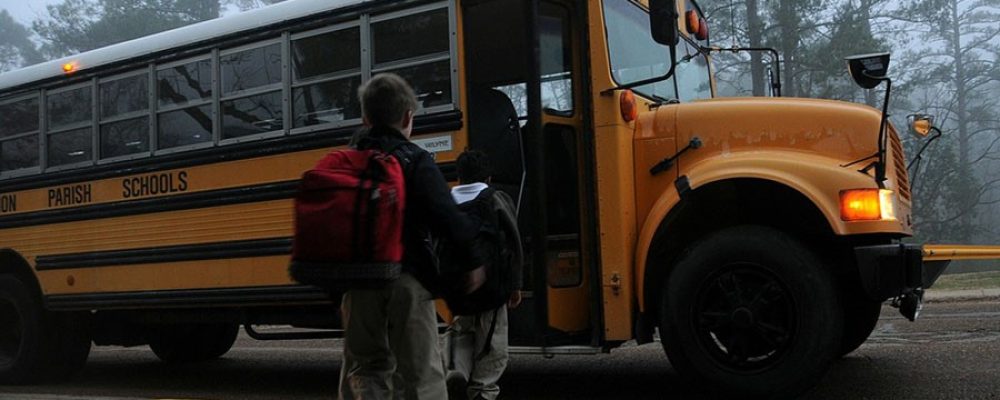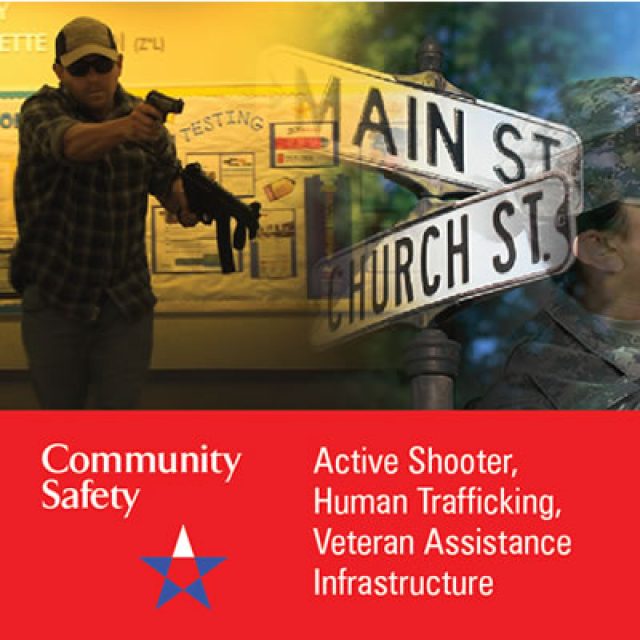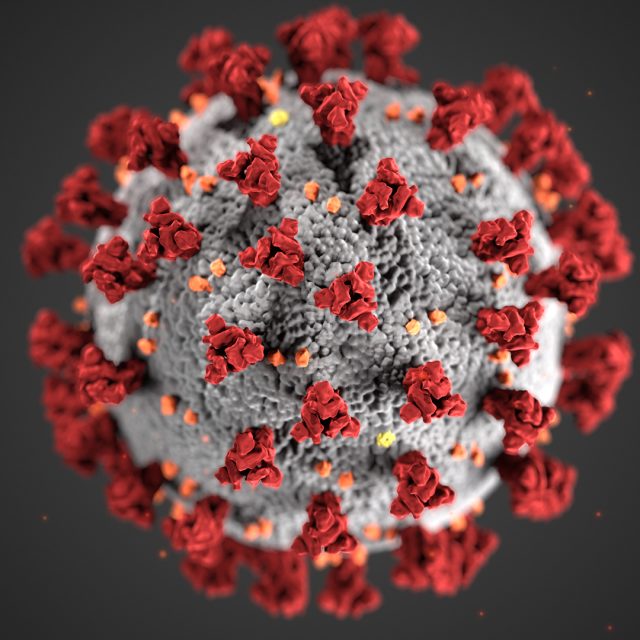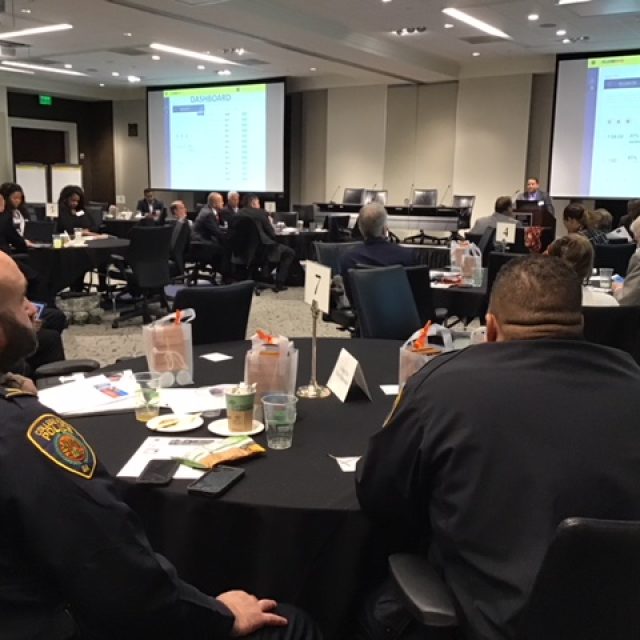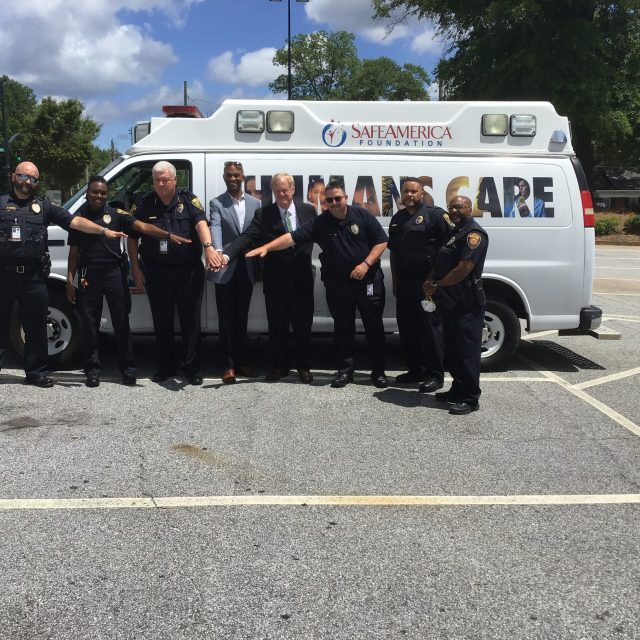Safe America reports Keeping DST into Fall is Dangering Kids on School Bus Uploads
DAYLIGHT-SAVING TIME DOESN’T HELP KIDS
Mike Thomas / Columnist in THE ORLANDO SENTINEL
So now we may spend $25 million on new school buses to save our kids from being hit by cars.
I have a cheaper solution: Florida should opt out of daylight-saving time. That is the main reason why all those kids were hit this month. We send those we love off to school in darkness where they become stealth targets for motorists.
The best solution would be to turn our clocks back an hour in mid-September instead of late October. We would get the benefits of extended summer days, but then revert to standard time when school begins. Kids need that hour of light in the morning more than we do in the evening. But Congress has passed a law saying we can’t do that.
We either can go with its time-frame for daylight-saving time – early April to late October – or we can’t do it at all. So maybe we shouldn’t do it at all. Arizona and Indiana have chosen that route. It is light outside when kids there go to school. How big a national problem is this? Who knows?
The federal government, which has gone to great pains to determine that 15 kids a year die from sleeping in their parents’ beds, has no idea how many are killed and maimed in late September and October because of daylight-saving time.
The National Bureau of Standards did a cursory study of what happened when daylight-saving time was extended year-round in 1974 because of the oil embargo. It found “statistically significant evidence of increased fatalities among school-age children.”
Gee, you think this would have made a light bulb go off in somebody’s head. But the feds never did a follow-up study. Does Florida know how many kids are hit here during dark fall mornings?
“I have no figures on that,” says Joy Riddell, the state’s Pedestrian Safety Coordinator. “It’s terrible, but we don’t.” Amazingly enough, when the state records accidents involving kids and cars, it doesn’t list the time and date.
But here is a clue that there is a problem. Local bike/pedestrian coordinator Mighk Wilson looked at eight Central Florida accidents involving kids and cars in the early morning. They occurred in 1993 and 1994. Half of them occurred in September and October under conditions described as dark or dawn.
“Kids can’t judge how fast a car is coming when it’s dark,” says Kim Miller with the Florida Highway Patrol. “They think they can beat it across the street.”
Daylight-saving time began as a way to conserve energy during World War I. And it does save energy in the summer when the sun still rises before we do. But once you get into the fall, when the sun rises later, the savings disappear. The light switches may go an hour later in the evenings, but they also go on an hour earlier in the mornings.
Rep. Bill McCollum proposed moving daylight-saving time into March. Since he is interested in the issue, maybe he can take enough time off from fund-raising to get the feds to look at whether we should “fall back” six weeks earlier.
It may not be as dire an issue as overindulgent parents bringing young children to bed with them, but it might save a few thousand kids from death and injury without costing us $25 million. If the feds don’t agree, maybe we simply should return their hour of sunshine.
Some quick notes … Many thanks to Edgewater High School for its excellent Thursday parade through College Park. This is a perk of living in a real community. There was enough candy tossed to make Halloween redundant … I guess I’ll have to give out candy Saturday and Sunday because of all this confusion over when kids should go out. Any smart kid will exploit this and go both nights … Go Gators! Coach Steve is at his best when he hates the opposition, which bodes well for our chances against the double-butted Bulldawgs … No fair stealing your kids’ Snickers.
 Kids going to school endangered by morning darkness
Kids going to school endangered by morning darkness
February 8, 2019
The National Transportation Safety Board (NTSB) is investigating three separate traffic accidents from October 2018 in which children on their way to school were struck and killed by motor vehicles. The trio of tragedies had one thing in common: all occurred when children were crossing a road during early morning darkness.
No roadway lighting
One occurred around 7:12 a.m., on Tuesday, October 30, 2018, near where a school bus in Rochester, Fulton County, Indiana, stopped to pick up students at the designated location. A pickup truck struck the four children who were crossing the roadway in the early morning darkness. The school bus had its warning lights on, and the driver had deployed the stop arm. The two-lane highway had a posted speed limit of 55 mph. There is no roadway lighting at this location.
The 4 children were crossing the roadway when they were struck by the pickup. A nine-year-old girl and two six-year old boys were killed, and an 11-year-old boy was transported by air ambulance to a medical facility in Fort Wayne, Indiana, for treatment of his injuries. The occupants of the school bus were not injured in the crash.
The NTSB is continuing to gather information on the student transportation policies of the Tippecanoe Valley School Corporation, the planning and development of bus routes, and the safety issues related to school bus loading and unloading of students on high-speed roadways.
In support of this investigation, the NTSB is also investigating two other crashes involving school bus loading and unloading. These crashes occurred in Hartsfield, Georgia, and Baldwyn, Mississippi, and summarized below:
Similar incidents in Georgia…
Hartsfield, Georgia: About 6:50 a.m. on Thursday, October 25, 2018, a school bus traveling north in the 1000 block of Thigpen Trail, in Hartsfield, Georgia, stopped to pick up students at the designated location when a Kia car traveling south struck two children, who had started to cross the roadway in the early morning darkness. The school bus, operated by the Colquitt County School District, had its warning lights on, and the driver had deployed the stop arm. The posted speed limit is 55 mph. As a result of the crash, a 10-year-old male was fatally injured. A 7-year-old male suffered serious injuries and was transported by air ambulance to a medical facility.
…and Mississippi
Baldwyn, Mississippi: About 6:30 a.m. on Wednesday, October 31, 2018, a school bus traveling east on State Highway 370 near the intersection with County Road 2578 in Baldwyn, Mississippi, stopped to pick up students at the designated location when a Toyota pickup truck traveling west struck a child, who was crossing the highway in the early morning darkness. The school bus, operated by the Baldwyn School District, had its warning lights on, and the driver had deployed the stop arm. The posted speed limit is 55 mph. As a result of the crash, a 9-year-old male was fatally injured.
All aspects of the Rochester, Indiana, crash remain under investigation as the NTSB focuses on determining the probable cause, with the intent of issuing safety recommendations to prevent similar crashes.
Daylight Saving Time: a danger to school kids
Angela Brauer / Anchor/Reporter
Issue: Daylight Savings Time in September, October and March have kids heading to school when it’s still dark.
Bottom of Form
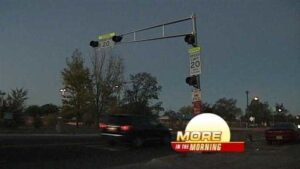
ALBUQUERQUE, N.M. —
Monday will be the first day back to school after spring break for thousands of kids, and when they return to school in the morning, it will be the first time this year that they will return in the dark.
Daylight Saving Time took effect in mid-March when clocks moved ahead an hour. While there will be more daylight in the evenings, it remains darker now in the mornings. It can cause a hazard for school-aged kids headed to the bus stop or walking to school.
More than half of all fatal accidents involving a school-aged pedestrians happen in the dark. The New Mexico Department of Transportation tells Action 7 News it is important, more now than ever, that parents remind kids of pedestrian and street safety.
The DOT suggests wearing bright and neon clothing, back packs with reflective strips on them and says kids should carry flashlights. Parents should remind children to walk against traffic, on side walks if possible, and to look both ways while crossing the street.
Above all else, if parents can, they should assist their kids to the bus stop or walking to school.
The DOT says drivers also need to be aware of how dark it is and that kids may be outside and difficult to see.

